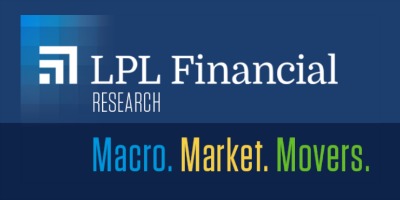An event-filled June will get launched quickly this week, with two major meetings taking place tomorrow, June 2. Tomorrow is the regularly scheduled semiannual OPEC meeting (after the impromptu intermediate meeting in April) as well as the latest meeting of the European Central Bank (ECB). With the investment universe so completely focused on macro, having two potentially market-moving events on the same day has people highlighting tomorrow on their calendar.
This is not to say that people are expecting much from either meeting. Expectations are low, especially for the OPEC meeting. The oil rally that began in mid-February was sparked by the potential deal between OPEC members and Russia to freeze oil production. Not cut, but simply freeze at current levels. Even that fairly modest goal was not met, but it helped crude oil prices to bounce of their bottom. As the parties assemble in Vienna for tomorrow’s meeting, stories of the possibility of another freeze are coming out. But Russia, though invited, isn’t even officially attending this meeting. In the meantime, Saudi Arabia and Iran have been increasing crude production. This does not set up for any policy changes beyond largely cosmetic ones.
The ECB meeting isn’t likely to produce much either. The general consensus among government economists globally is that monetary policy has done as much as it is going to, and may have hit the point of being counterproductive. European inflation remains low, providing some cover to cut rates and expand quantitative easing (QE) even further, but not enough, in our opinion, to move policy. Furthermore, the ECB is no doubt very focused another major June event, the “Brexit” vote on June 23 (on whether the U.K. will remain in the European Union), and would not want to take any action that would strengthen the “leave” campaign.
For further insight into key events in June, see the Weekly Market Commentary, “Jam-Packed June.”
IMPORTANT DISCLOSURES
The economic forecasts set forth in the presentation may not develop as predicted.
The opinions voiced in this material are for general information only and are not intended to provide or be construed as providing specific investment advice or recommendations for any individual security.
Investing in stock includes numerous specific risks including: the fluctuation of dividend, loss of principal and potential illiquidity of the investment in a falling market.
Investing in foreign and emerging markets securities involves special additional risks. These risks include, but are not limited to, currency risk, geopolitical risk, and risk associated with varying accounting standards. Investing in emerging markets may accentuate these risks.
Quantitative easing (QE) refers to the Federal Reserve’s (Fed) current and/or past programs whereby the Fed purchases a set amount of Treasury and/or mortgage-backed securities each month from banks. This inserts more money in the economy (known as easing), which is intended to encourage economic growth.
This research material has been prepared by LPL Financial LLC.
To the extent you are receiving investment advice from a separately registered independent investment advisor, please note that LPL Financial LLC is not an affiliate of and makes no representation with respect to such entity.
Not FDIC/NCUA Insured | Not Bank/Credit Union Guaranteed | May Lose Value | Not Guaranteed by any Government Agency | Not a Bank/Credit Union Deposit
Securities and Advisory services offered through LPL Financial LLC, a Registered Investment Advisor
Member FINRA/SIPC
Tracking # 1-502932(Exp. 06/17)
